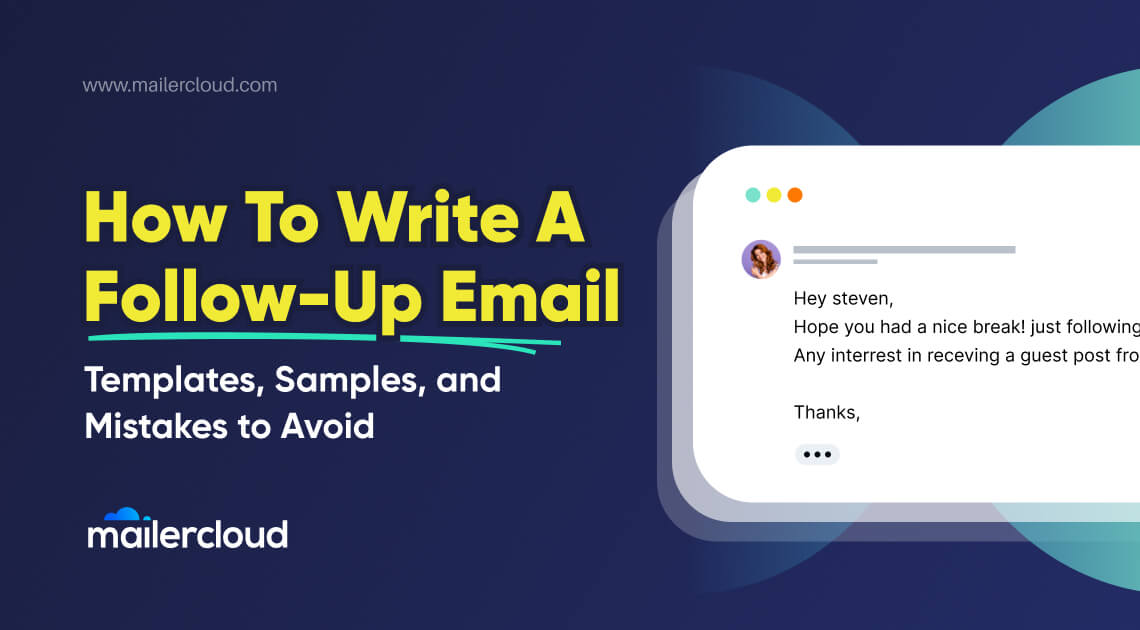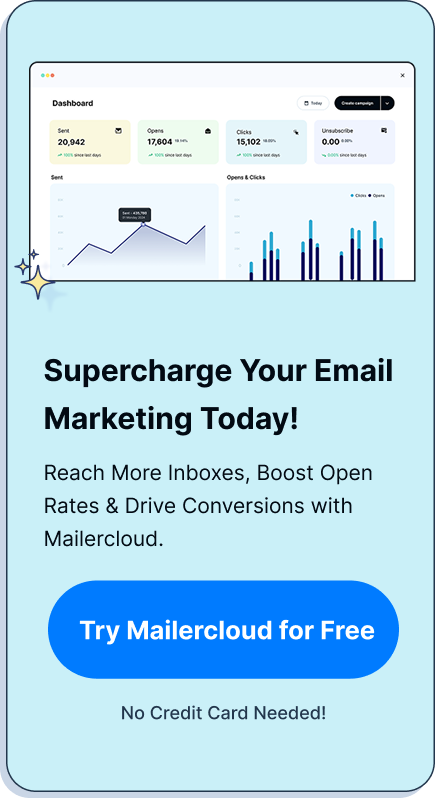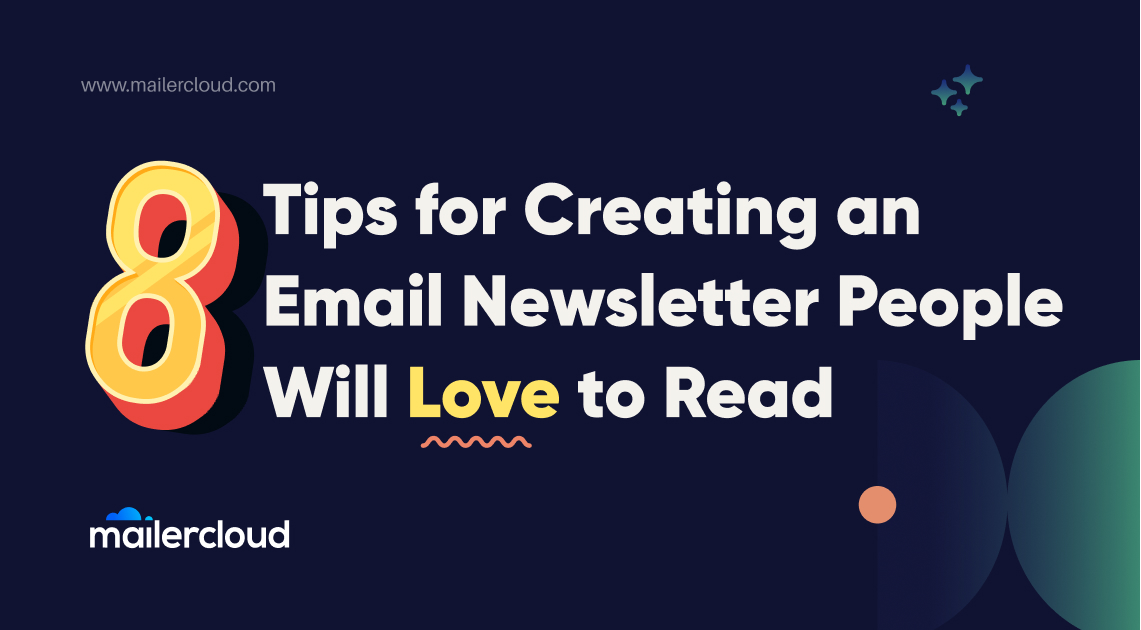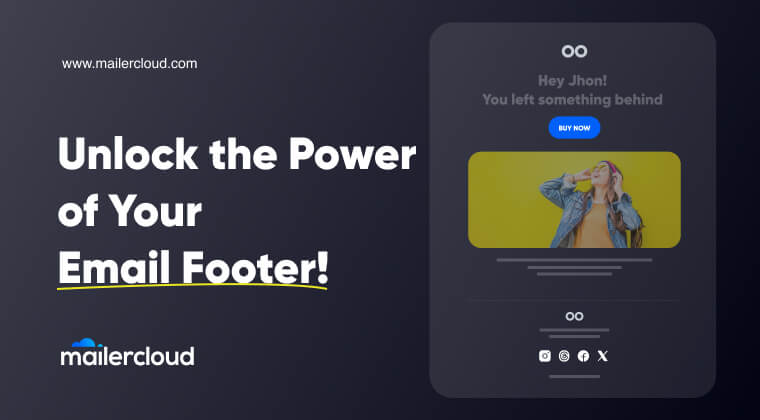In today’s fast-paced digital world, email and email campaigns have become an integral part of our communication. Whether it’s for business or personal purposes, sending and receiving emails is a daily routine for most of us. However, one aspect that often poses a challenge is writing a follow-up email. How do you craft a compelling message that grabs the recipient’s attention and elicits a response? In this article, we will provide you with a comprehensive guide on how to write follow up on an email, including templates, tips, and common mistakes to avoid.
Table of Contents
Understanding the Importance of Follow-Up Emails
Follow-up emails are crucial in maintaining communication and building relationships with clients, customers, or colleagues. They serve as reminders, show professionalism, and help ensure that important matters are not overlooked.
Why Follow-Up Emails Matter
- Maintain Engagement: Follow-up emails keep the conversation alive and show that you are attentive and proactive.
- Show Interest: They demonstrate your interest in the recipient’s response or in furthering the discussion.
- Clarify Expectations: Follow-ups can help clarify any misunderstandings or confirm agreements made in previous communications.
Benefits of Sending Follow-Up Emails
- Increased Response Rates: Following up can significantly increase the likelihood of getting a response.
- Builds Credibility: It shows commitment and reliability, which can enhance your professional image.
- Opportunity for Clarification: Allows for any confusion to be addressed and ensures everyone is on the same page.
Mistakes to Avoid When Writing Follow-Up Emails
- Being Overly Persistent: Avoid bombarding the recipient’s inbox by sending too many follow-ups in a short period.
- Lack of Clarity: Ensure that your email clearly articulates the purpose and next steps.
- Impersonal or Generic Content: Tailor your follow-up to the specific recipient and situation to show genuine interest.
Remember, effective follow-up emails can make a significant difference in professional communication and relationship-building.
Structuring Your Follow-Up Email
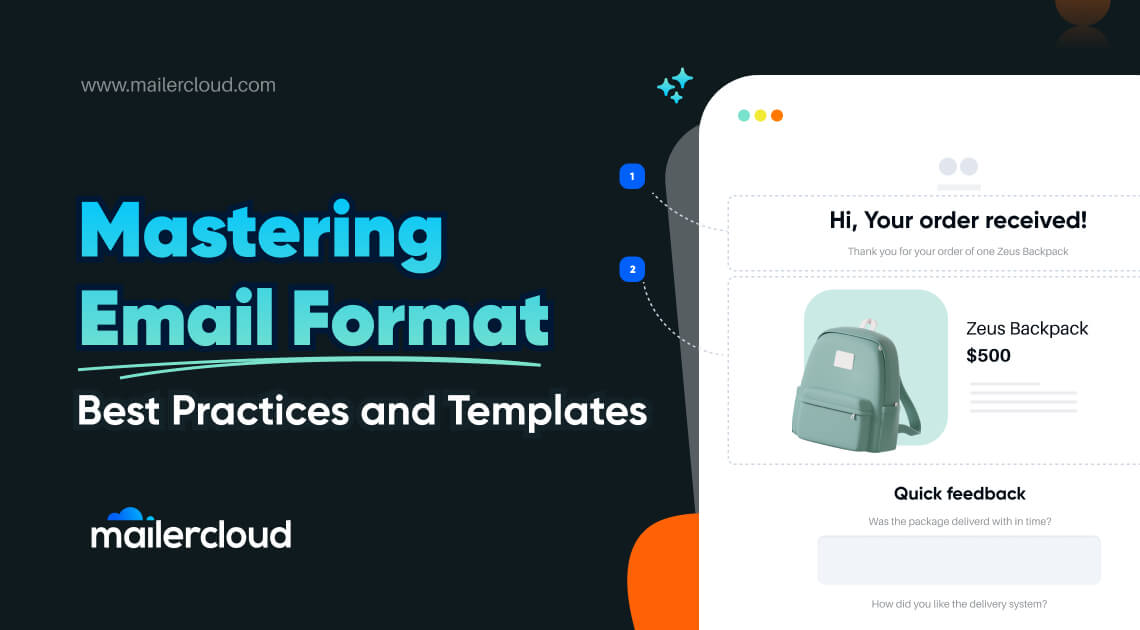
To structure and write a successful follow-up email effectively, consider the following email format:
- Introduction:
Begin by setting the context and reminding the recipient of your previous email. This helps establish a connection and ensures your email doesn’t come across as out of the blue.
- Body:
In the body of your email, provide relevant information that expands upon your previous conversation or addresses any outstanding questions or concerns. Be concise and specific to keep the recipient engaged and focused on your message.
- Call to action:
Clearly state your desired outcome or next steps in a direct and actionable manner. This helps guide the recipient towards the desired action and increases the chances of a response or desired outcome.
Remember to keep your email professional, polite, and concise. Proofread for any errors before sending, and consider personalizing the email to make it more tailored to the recipient. Good luck with your follow-up.
Crafting an Attention-Grabbing Subject Line
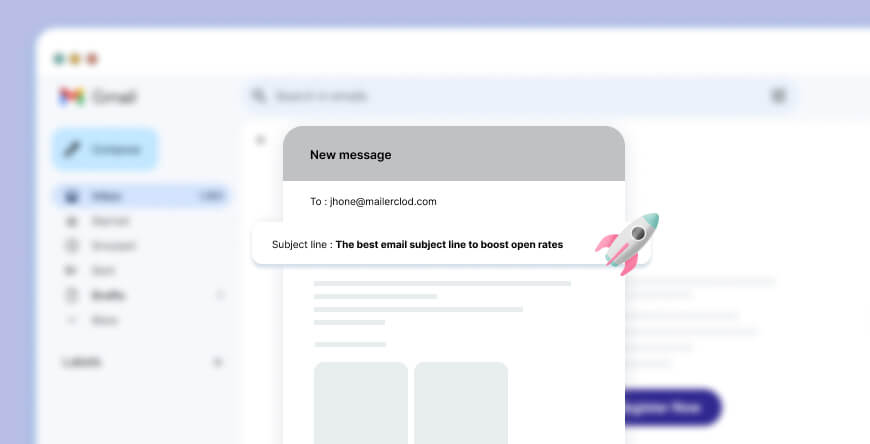
Crafting an attention-grabbing subject line is a vital aspect of effective email communication. The subject line serves as the first impression and determines whether the recipient opens the email or not. Rephrasing the message in a different way, can be a useful technique to make subject lines more compelling.
When it comes to follow-up emails, the subject line plays a crucial role in capturing the recipient’s attention. Here are some tips for creating compelling subject lines:
- Be Clear and Concise: Clearly communicate the purpose of your email in a succinct manner.
- Be Specific: Mention a specific topic or detail from your previous interaction.
- Create a Sense of Urgency: Use language that compels the recipient to open the email immediately.
- Personalization: Incorporate personalization to make the recipient feel special and valued.
- Follow Up Reminder: If this is a second or third follow-up, indicate that gently in the subject.
Here are some follow-up email subject line examples:
- “Quick Question About Our Previous Discussion”
- “Following Up on Our Previous Conversation”
- “Touching Base on [Topic/Project Name]”
- “Quick Question Regarding Our Last Meeting”
- “Continuing Our Discussion About [Specific Subject]”
- “Checking in After Our [Date] Discussion”
These tips and using effective subject lines is the best ways to follow up and significantly increase the email open rates.!
Using Email Templates for Follow-Up
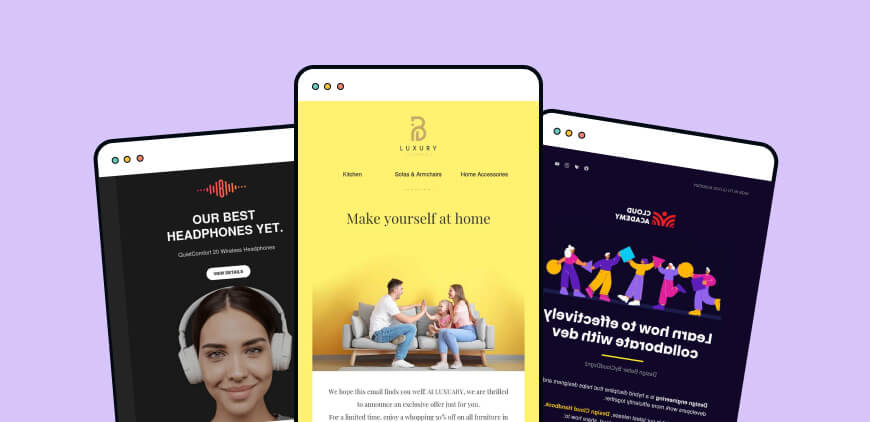
Customizing pre-designed email templates allows you to tailor the content to match the specific context and purpose of your follow-up. You can personalize the templates with relevant details, adjust the tone to suit the recipient, and adapt the structure to align with your communication style.
Advantages of using pre-designed email templates
- Time-saving: Pre-designed templates save time by providing a ready-made structure for your follow-up emails, allowing you to quickly fill in the relevant details and send them out.
- Consistency: Using templates ensures that your follow-up emails are consistent in format and tone, helping to maintain a professional image and brand identity.
- Efficiency: Templates help you avoid starting from scratch for each follow-up email, enabling you to focus on the content and purpose of the communication.
- Guidance: Pre-designed templates often include best practices and suggested language, providing guidance on effective follow-up communication.
Follow-up email examples for different scenarios
Here are few ways to write a follow up email with strong subject line that grabs attention and improves your email outreach:
- Subject: Nice to Meet You at [Event Name]
Body: [Personalized greeting and reference to the event]. I enjoyed our conversation about [topic] and would love to continue our discussion further. Let’s find a time to connect in the near future.
- Subject: Follow-Up on [Position Title] Application
Body: [Personalized greeting and reference to the application]. I wanted to check in on the status of my application and express my continued interest in the opportunity. I look forward to any updates regarding next steps.
- Subject: Follow-Up on Our Recent Discussion
Body: [Personalized greeting and reference to the previous conversation]. Thank you for taking the time to discuss [product/ service/ company name]. I wanted to follow up on our discussion and address any additional questions you may have.
- Subject: Follow-Up on Our Previous Conversation
Body: [Personalized greeting and reference to the application]. I hope this email finds you well. I just wanted to follow up on the message I sent earlier. Have you had a chance to review it? Please let me know if you need any further information. Waiting to hear back from you.
- Subject: Quick Follow-Up
Body: [Personalized greeting and reference to the application]. I hope all is well. I wanted to follow up on my previous message. If you have any questions or need further clarification, please feel free to reach out at your convenience.
Writing a Polite and Professional Follow-Up Email
- Begin your follow-up email with a polite greeting, such as “Hello [Email Recipient Name]”.
- Express gratitude for the recipient’s time and consideration in your initial communication.
- Clearly state the purpose of the follow up email sent and reiterate any relevant details from your previous correspondence.
- Use a friendly and respectful tone throughout the email to convey professionalism and courtesy.
- Personalize your message by referencing specific points discussed during your previous interaction, showing genuine interest in the recipient’s needs or concerns.
- When following up with someone from whom you are waiting for a response, avoid coming across as pushy or demanding, and instead, focus on being helpful and accommodating.
- Double-check for spelling and grammar mistakes to maintain a professional image.
Following Up After No Response
When sending a follow-up email after no response, consider the following strategies:
- Crafting a Persuasive Follow-Up Email:
- Keep the follow-up email concise and polite.
- Provide a gentle reminder of the original email and its importance.
- Offer additional value or information to encourage a response.
- Timing and Frequency of Follow-Up Emails:
- Wait at least a week before sending the first follow up email.
- If there’s still no response, send a second follow-up after another week.
- Avoid excessive follow-ups to prevent appearing pushy or desperate.
By implementing these strategies, you can increase the likelihood of receiving a response from recipients who have not replied to your initial communication.
Key Takeaways
- Understand the importance of follow-up emails and their benefits.
- Learn how to write attention-grabbing subject lines that compel recipients to open your email.
- Structure your follow up email appropriately with an introduction, body, and clear call to action.
- Maintain a polite and professional tone throughout your message.
- Personalize your email to make it more engaging.
- Use templates as a starting point and customize them to suit your needs.
- Employ strategies to increase your response rates.
Conclusion
Crafting an effective follow-up email can significantly increase your chances of getting a response and achieving your desired outcome. By following the guidelines provided in this comprehensive guide, you will be equipped with the knowledge and tools necessary to write compelling and persuasive follow up emails. Remember, each interaction is an opportunity to strengthen your communication skills and build valuable connections. So, don’t hesitate to apply what you’ve learned and start writing impactful follow-up emails today.
The first follow-up email is crucial, so make sure to send an email with a compelling subject line. For example, “Following Up on Our Conversation” can be a good email subject.
Whether it’s a sales follow-up email or an interview follow-up email, the opening line of your email message is important. Keep your follow-up email brief and to the point to improve your chances of getting a response. In an email to a prospect, make sure the reason for your follow-up is clear in the email subject lines.
Lina is a content writer with a passion for reading, writing, and cooking. She aims to explore the world of words and flavors. With a deep love for literature and a knack for creating mouthwatering recipes, she strive to engage and inspire others through her work.





























